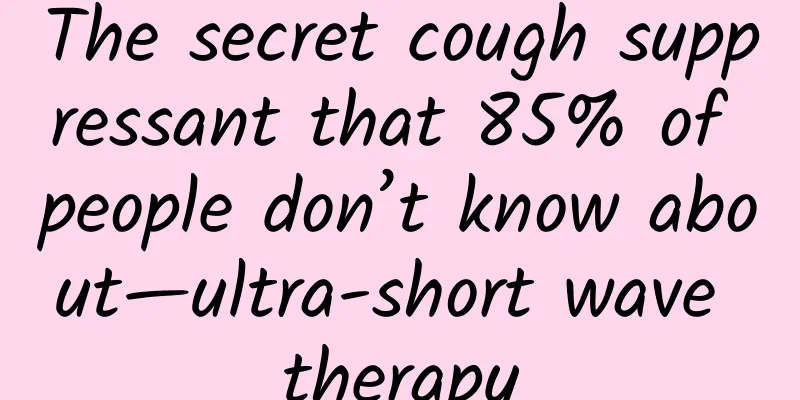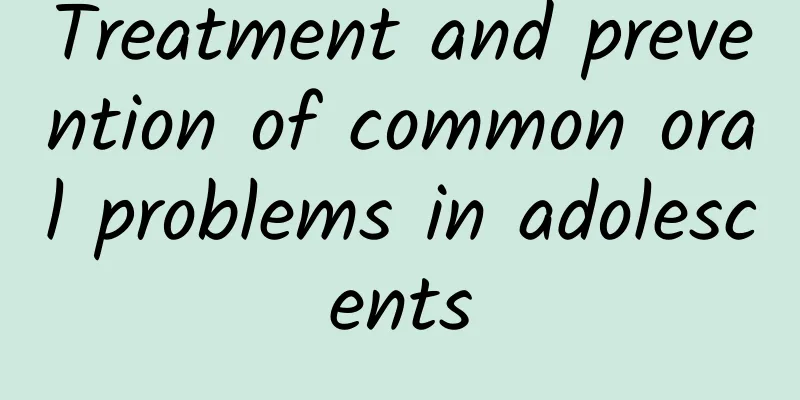The secret cough suppressant that 85% of people don’t know about—ultra-short wave therapy

|
Flu is prevalent in winter. Are you also troubled by cough and miserable? In addition to taking medicine and injections, are there any other ways to relieve the symptoms of bronchitis and pneumonia? The secret cough suppressant that 85% of people don’t know about – Shortwave Diathermy (SWD). Ultrashort wave therapy is a non-invasive, safe and effective treatment method. It uses high-frequency electromagnetic wave technology to generate high-energy ultrashort wave electromagnetic fields, which have certain biological effects on the human body, thereby achieving the purpose of treating diseases. Treatment Principle Ultrashort wave is a high-frequency electrotherapy device. Through thermal and non-thermal effects, its electric lines can penetrate deep tissues, heat deep tissues evenly, enhance vascular permeability, improve local circulation, promote blood circulation and lymphatic return of lung tissues, facilitate the dissipation of edema and absorption of exudates, improve the hypoxic environment, and enhance the defense function of lung tissues, thereby playing a role in inhibiting bacteria, reducing inflammation, and promoting tissue repair. Ultrashort waves can inhibit the excessive activation of leukocytes, reduce the abnormal release of inflammatory mediators, accelerate the absorption of inflammatory secretions in the lungs and promote recovery. Ultrashort wave combined with antibacterial or antiviral drugs can treat various types of pneumonia, with the advantages of significant efficacy, safety, non-invasiveness, simple operation and low cost. Indications and contraindications Indications: Ultrashort wave therapy is suitable for the treatment of inflammatory diseases, painful diseases, vascular and autonomic nerve dysfunction, digestive system diseases, and soft tissue and bone and joint diseases. Ultrashort wave therapy has a wider range of clinical applications: 1. Internal Medicine: acute and chronic bronchitis, pneumonia, pleurisy, gastroenteritis, and colitis. 2. Surgery: prostatitis, perianal inflammation, anal fistula, hemorrhoids, postoperative wound infection, cervical spondylosis, frozen shoulder, sprains and strains of lumbar and bone joint ligaments, rheumatism, rheumatoid arthritis, and vasculitis. 3. Nervous system: neuralgia, causalgia, myalgia, phantom limb pain, etc. Contraindications: patients with bleeding tendency, hypotension, heart failure, active tuberculosis, malignant tumors (usual doses are contraindicated), patients with pacemakers, heart valve replacements, and those with metal parts in the body. Ultrashort wave physiotherapy for lungs is simple to operate and has no side effects For bronchitis: place the capacitive electrodes in the bronchial area, facing each other front to back, and apply low heat to warm heat for 15-20 minutes/time, 1-2 times/day; for children, apply no heat to low heat for 10 minutes/time, 1-2 times/day. For pneumonia: Opposition method: Place the capacitor electrode on the affected lung, chest and back front and back opposition method, low heat to warm heat 15-20 minutes/time, 1-2 times/day. Juxtaposition method: Place the capacitor electrodes juxtaposed on both lungs, low heat to warm heat 15-20 minutes/time, 1-2 times/day; for children, no heat to low heat 10 minutes/time, 1-2 times/day. Microwave therapy: Aim the circular radiator of the microwave therapy device at the bronchial area or the affected lung, with the radiation head 7-10 cm away from the body surface, with no heat or slight heat, 10-15 minutes/time, 1-2 times/day. Microwaves and ultrashort waves are both high-frequency electrotherapy, which can accelerate the absorption of pulmonary inflammatory lesions, shorten the course of the disease, improve and eliminate clinical symptoms such as coughing and sputum in the treatment of pneumonia. They are convenient, safe and effective treatment methods worthy of everyone's attention and application. Author: Hui Nan and Wang Wenxia (Xi'an Xianhua Rehabilitation Hospital) Reviewer: Liu Zhaohui (Standing Committee Member of the Home Rehabilitation Committee of the Chinese Rehabilitation Medicine Association, Head of the Science Popularization Working Group) Yan Biyan (Secretary of the Science Popularization Working Group of the Home Rehabilitation Committee of the Chinese Rehabilitation Medicine Association) |
<<: I've been slacking off all day at work, why am I still so tired?
>>: Posture Correction for Upper Cross Syndrome
Recommend
Everyone has hemorrhoids, but they are different inside and outside. How should hemorrhoids be treated?
Author: Kou Yuming, Chief Physician, Guang'an...
What causes vaginal dryness and painful intercourse?
A harmonious sex life is a prerequisite for every...
Can I eat watermelon during a spontaneous abortion?
After a miscarriage, you must pay attention to wh...
Symptoms of abdominal pain during pregnancy
In daily life, there are many constraints and som...
World Immunization Week丨Why do we need to get vaccinated?
Why do we need to get vaccinated? Vaccination is ...
Can I eat Achyranthes bidentata during menstruation?
Maybe everyone in western Liaoning is not very fa...
Not pregnant on ovulation day
Some people will specifically choose to have sex ...
I haven't had my period for 50 days after having an abortion.
We all know that the standard number of days for ...
Is medical abortion life-threatening?
First of all, everyone should know that there is ...
High fever and cough after swimming? Can you still play in the water in summer?
recently A swimming pool in Sichuan Many children...
What is the brown dirt in the vagina?
When a woman's menstruation is not completely...
Why do I feel dull pain in my lower right abdomen after pregnancy?
Pregnancy is the happiest moment for women, becau...
What should I do if I have cancer? To treat or not to treat? These three points are more important
Nowadays, the incidence of cancer is getting high...
What kind of people are suitable for Yuangong Ring
We all know that wearing an IUD is a good contrac...
Is it better to use sweet potato flour or flour for frying crispy meat? What are the techniques for frying crispy meat?
We all know that fried crispy pork is a common de...









